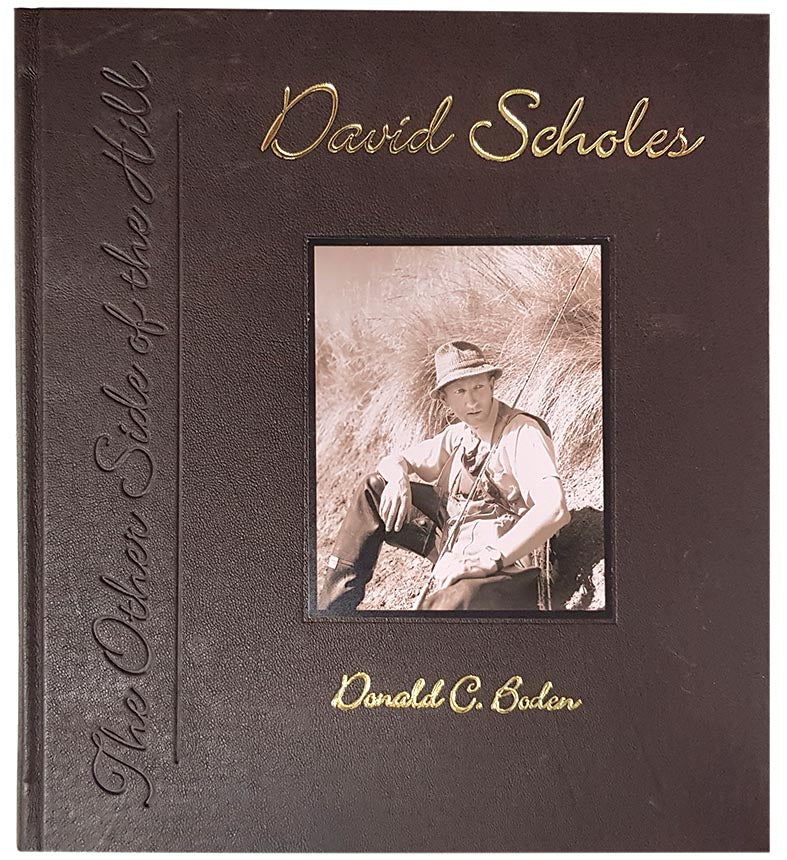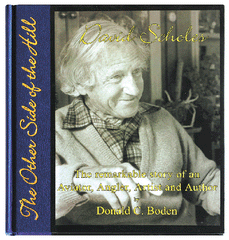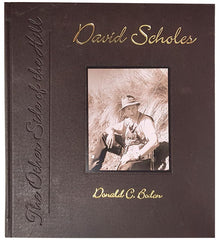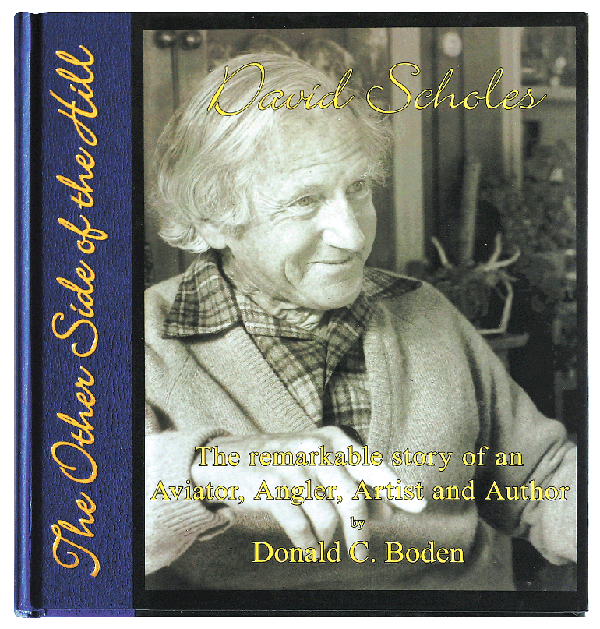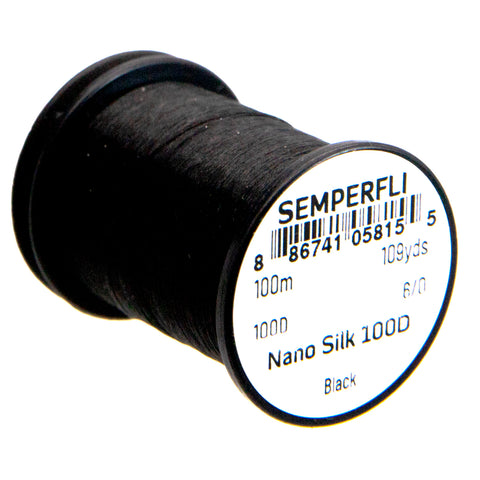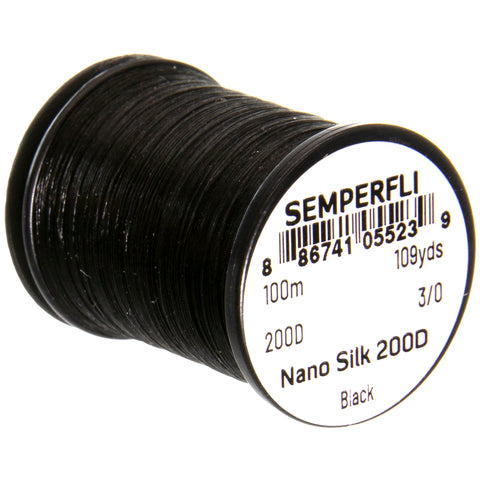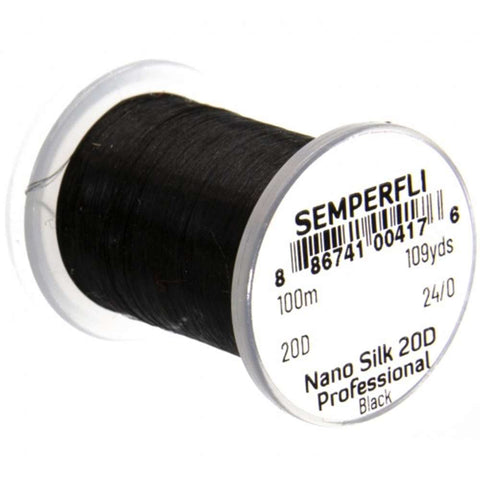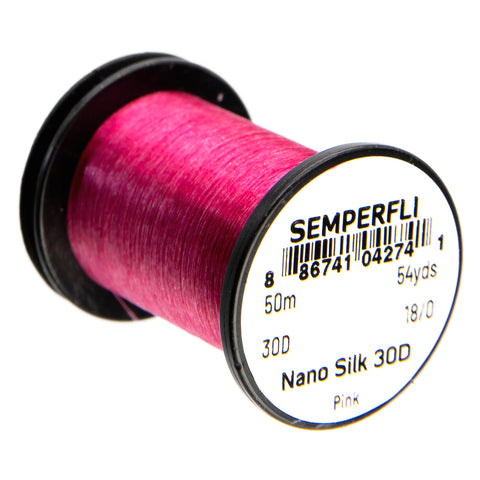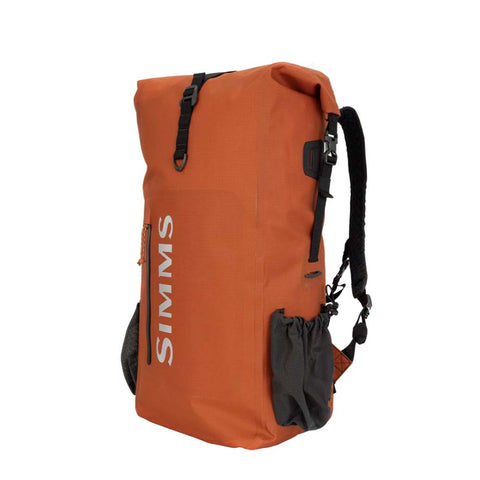The Other side of the Hill - David Scholes Biography
The full story on David Scholes has finally been published. Written by Launceston gynaecologist, Don Boden it is a remarkable story of an Aviator, Angler, Artist and Author.
Better known to many of us as an angling author, David Scholes was a man of many parts, and many talents. Who would know that as a boy, David and a friend built a manned glider at his home. With David at the controls it was launched down Fordham Road. The flight was brief, but eventful.
Flying took over David's early life and he says he was lucky to survive a tour of 34 flights as a bomber pilot during WWII. He returned to Australia in 1945 with a Distinguished Flying Cross and married his first love Patricia.
David was a commercial artist as his chosen profession and worked on some Australian wide campaigns selling products from chocolate to beer, lingerie and flour. He took on the role of commercial artist for Tasmania's The Examiner Newspaper and worked there until his retirement.
On retirement though he progressed his love of fine art. His watercolours became so highly sought, art lovers would camp on the street in order to get first choice when the exhibition opened. David claimed he sold 600 paintings in 600 minutes and this undisputed claim seems quite possible as exhibitions usually sold out in the first hour.
Throughout his life he fished and wrote about fishing. His prose was, and still is, loved by a huge number of fly fishers and early books bring several hundred dollars.
Fly Fisher in Tasmania was a milestone technical book and even though it was written in the early 1960s nothing has surpassed it.
Later on David's books were more anecdotal, but there was always a message of some sort.
Don Boden has captured both the essence and character of David Scholes beautifully in The Other Side of the Hill. Don spent hundreds of hours sitting with David in his sunroom - listening and writing. This biography was fully supported by David, but unfortunately he passed away 25 May 2005, before he could see the finished book. However he helped pick the photos and loved style in which it was done.
A little about the book
What do you put on the cover of a book about a man with so many facets to his life? A fishing shot would surely be of little interest to the art world and an arty shot may well turn away the angling world.
The photo used was taken by David's son in law, Peter Whyte. David was posed in his little painting studio and his face is alive with character. It is a beautiful study of David taken around 1981.
Endpapers
The endpaper is the sheet on the reverse side of the cover. The photo used for the endpapers of the biography are of David studio, with him working on some painting or another, his glasses are part way down his nose as he concentrates on the next stroke.
The text
The paper used is white 128 gsm matt art. However it doesn't appear white. There is a good reason for this. The whole book is printed in four colours with at least three colours on every page. Yellow and magenta is printed as the base onto each page in a low percentage. This gives the book a beautiful off-white, matt and non reflective finish. It also gives the book character and make it easier to read.
By printing two colours onto the page first, rather than using off-white paper, it ensures the whites in the photos and paintings remain completely white. In effect this lifts the artwork and the result is spectacular. When you get your book have a look at the photo of the flies on page 99. You can see the difference between the white base paper and the beautiful cream that appears to be the paper colour.
The text, Garamond 12 point, is printed black giving at least three colours on each page. The other colour used in conventional 4 colour printing is cyan and is used in both the sepia coloured photos as well as the full colour reproductions.
It is not common to use 4 colours in sepia photos, but does give better tonal range. I am sure you will agree they look great.
The font is Garamond in 12 point. Garamond is a classic Old Style typeface. Claude Garamond, died in 1561 and was originally credited with the design of this elegant French typeface; however, it has recently been discovered that this typeface was designed by Jean Jannon in 1615. Many of the present-day versions of this elegant typeface may be either Garamond or Jannon designs, although they are all called Garamond. You are currently reading Garamond in 12 point.
The size of the book
You may also be interested in the size and shape of the book. It is slightly taller than wide at 260 mm x 240 mm. It is an uncommon size, but there is good reason. Books in portrait shape are traditionally reading books, whilst landscape books are often more coffee table or picture books. The Other Side of the Hill needed to have some considerable width because we wanted to reproduce some of David's watercolours. But we did not want it to appear as a coffee table book, which can appear to devalue the text. Sounds a bit silly, but that is the reality. It costs more to produce books that are unconventional in size and shape, but it was worth it.
Tricky bits
Some of the more tricky problems were overcome by persistence. One of these was finding a map of the upper Yarra River from around the time that David fished it. This was in the late 1930s and 1940s.
Marty Rogers made several trips to the Victorian Museum for me. He discovered one map, but some vital information to the west, such as McVeighs, was not included. Then another map in a different style was found and with some careful computer imaging work, not by Marty I must add, the two were joined together. It was a significant and valuable addition to the book.
One other seemingly large obstacle was a lack of David's commercial art. He had none. Fortunately though some of this had been gifted to the Queen Victoria Museum in Launceston. A visit by the publisher and author discovered a veritable treasure trove of beautiful work by David. This had not been catalogued by the Museum, but was all together in a box. Some of it appears in the book.
Hardcase - trade edition $60.
Collectors edition: 125 in full leather on 157gsm paper. $500. Signed by the author.



